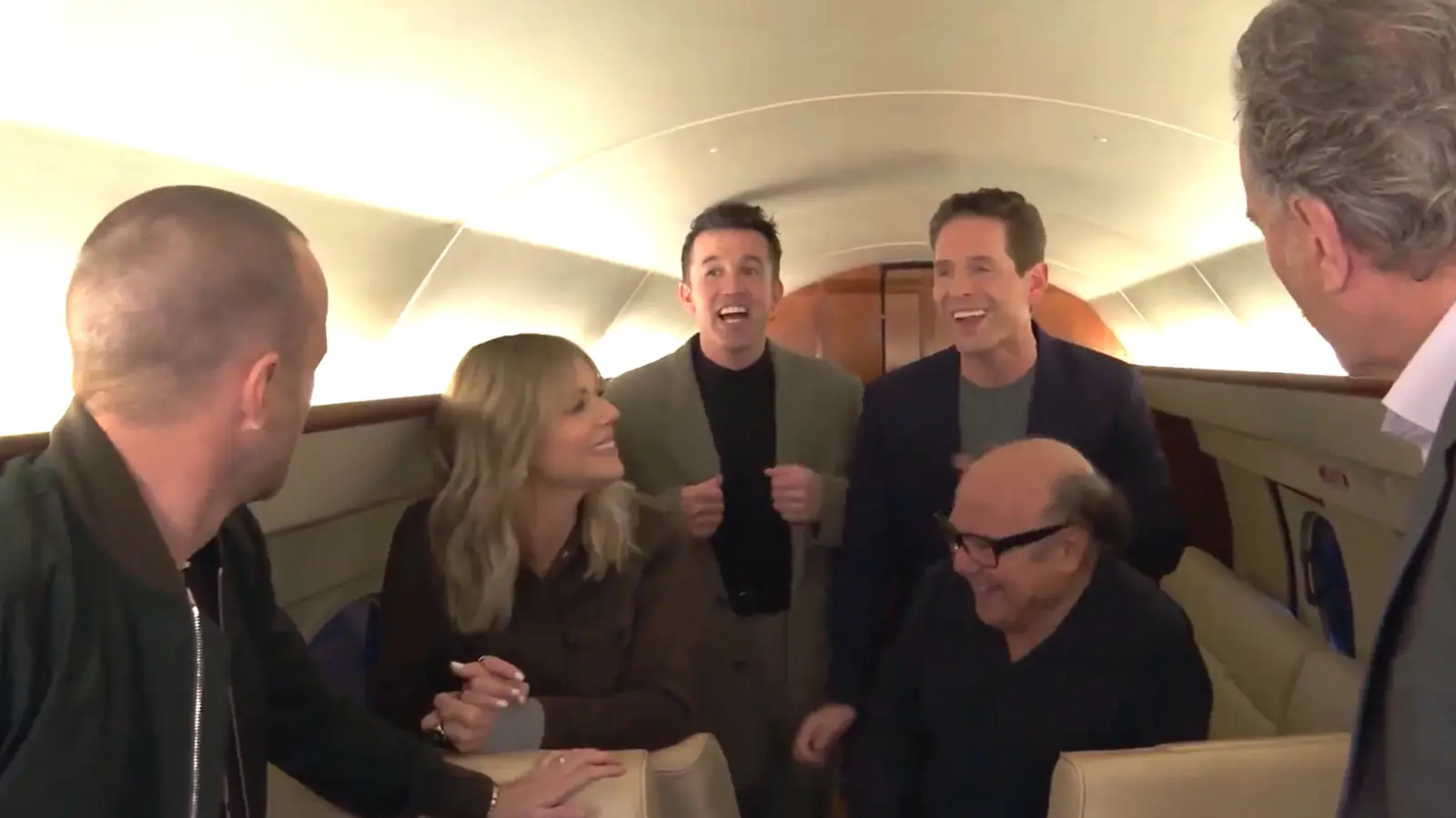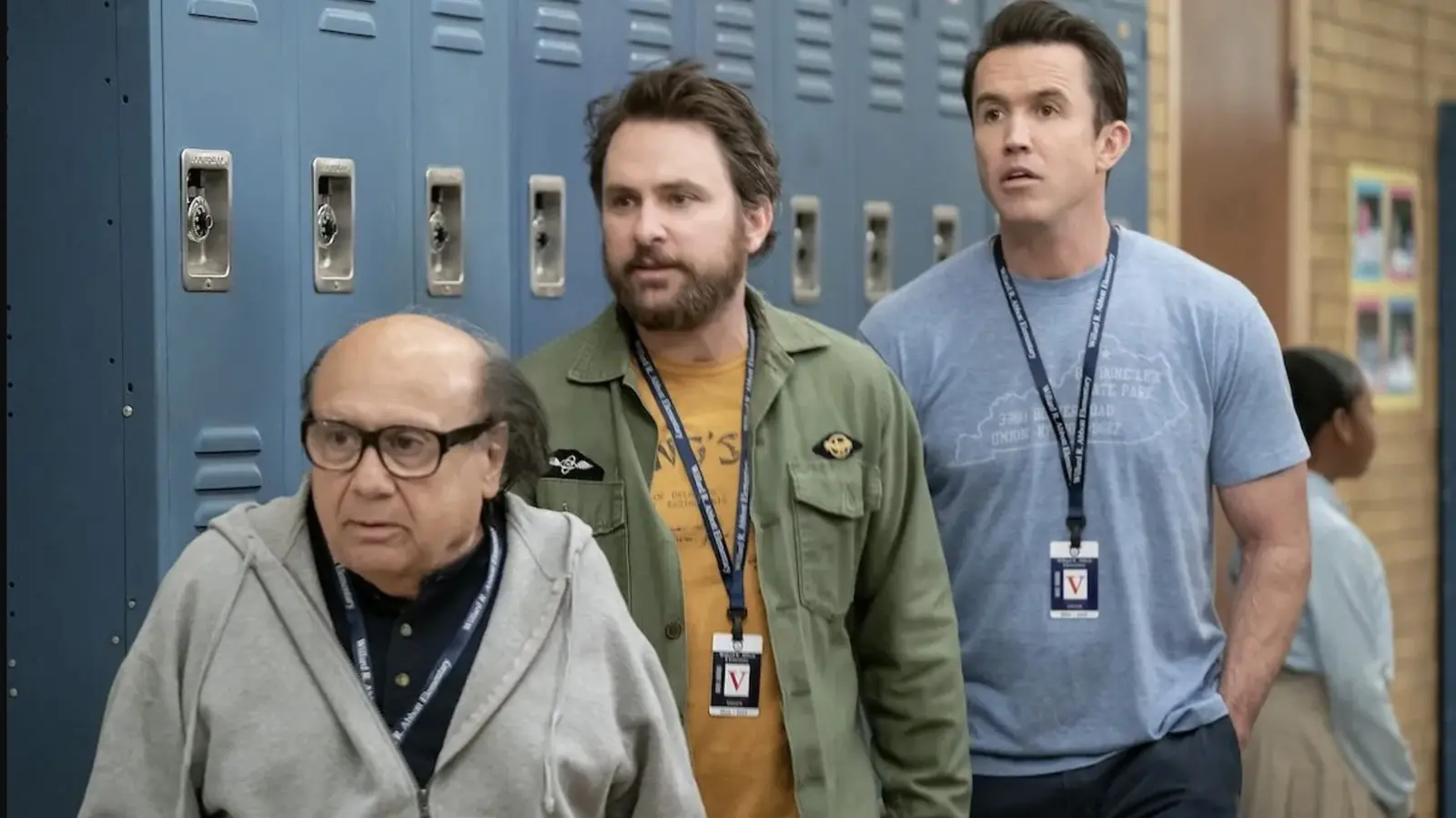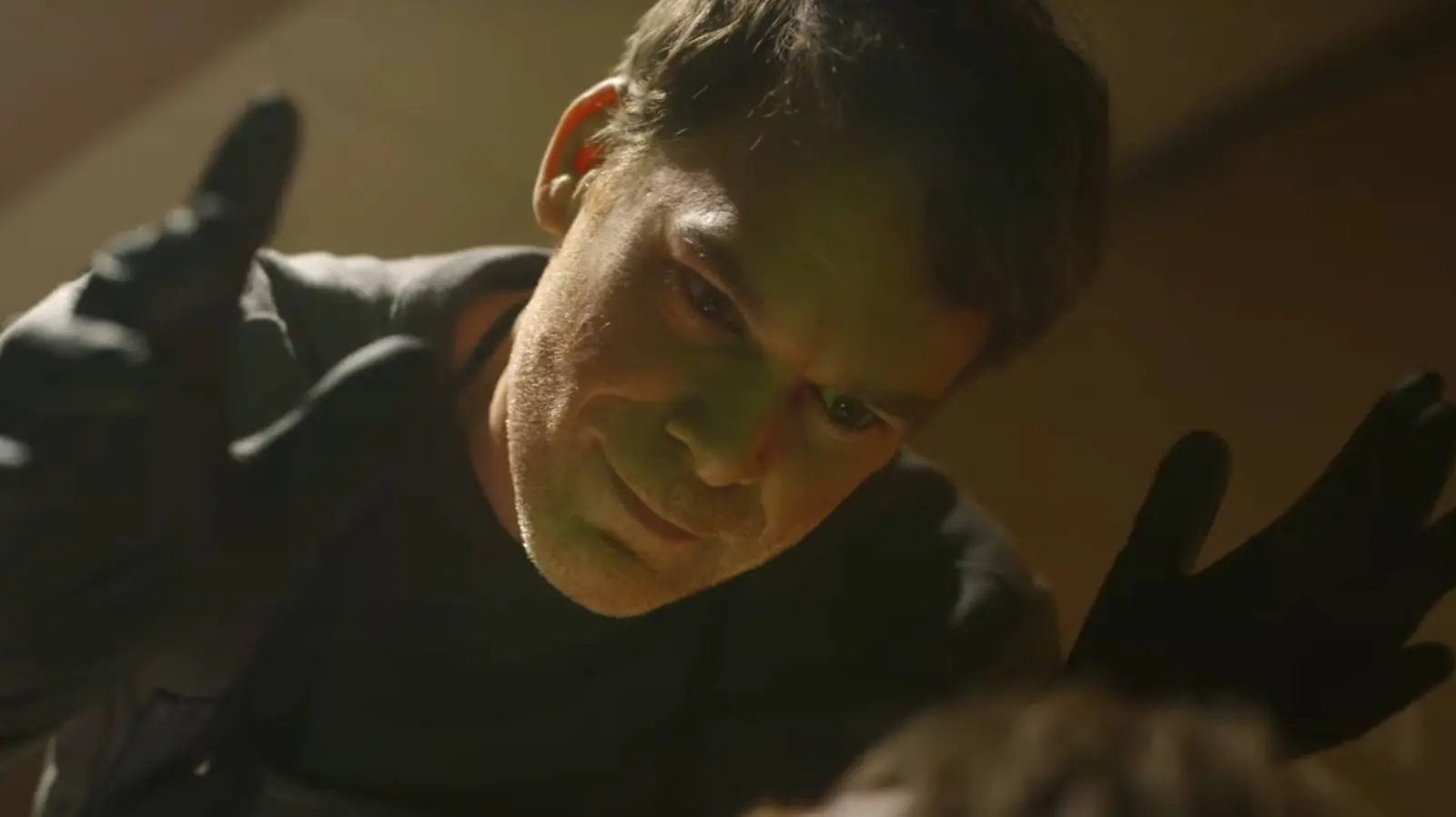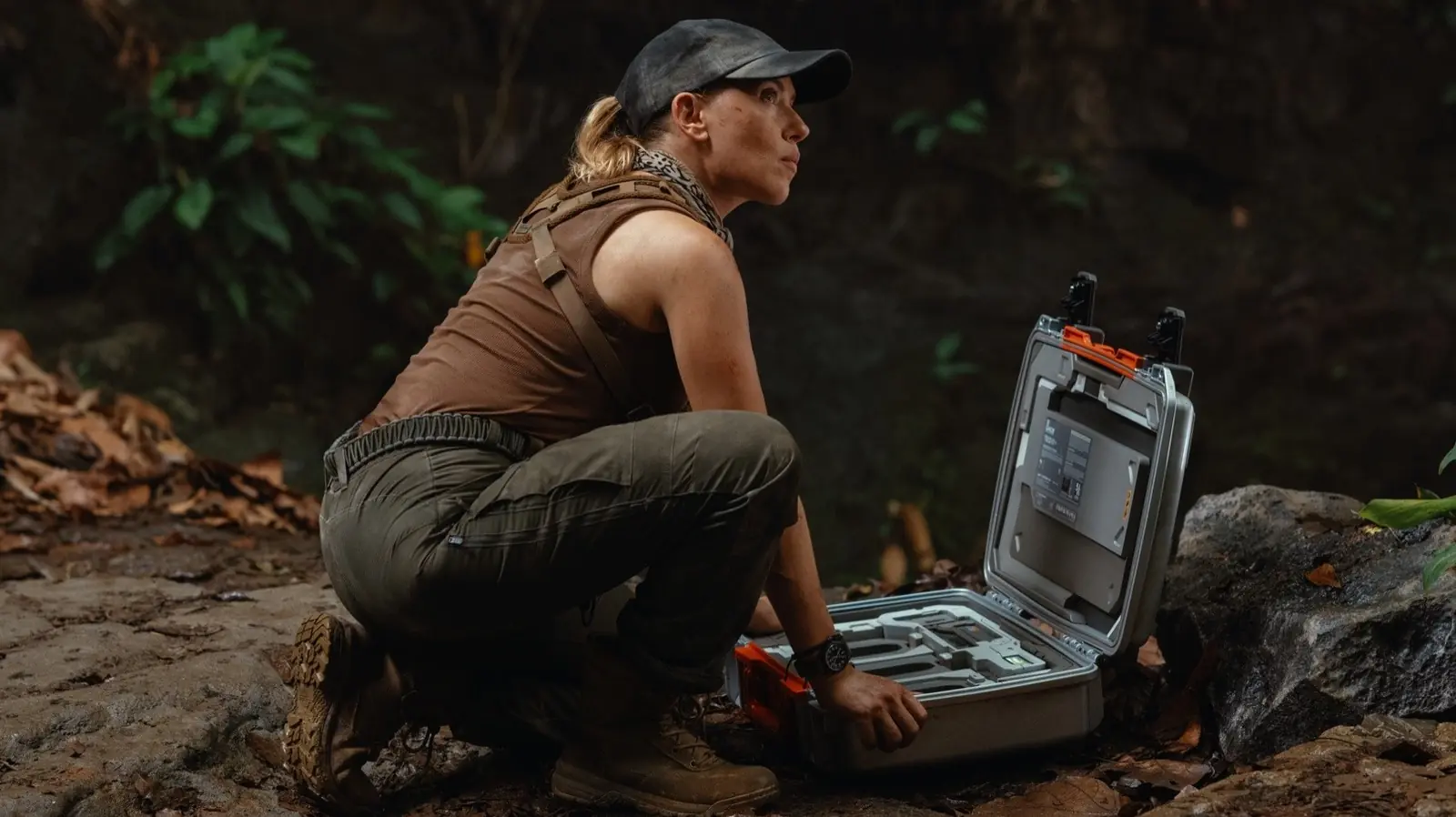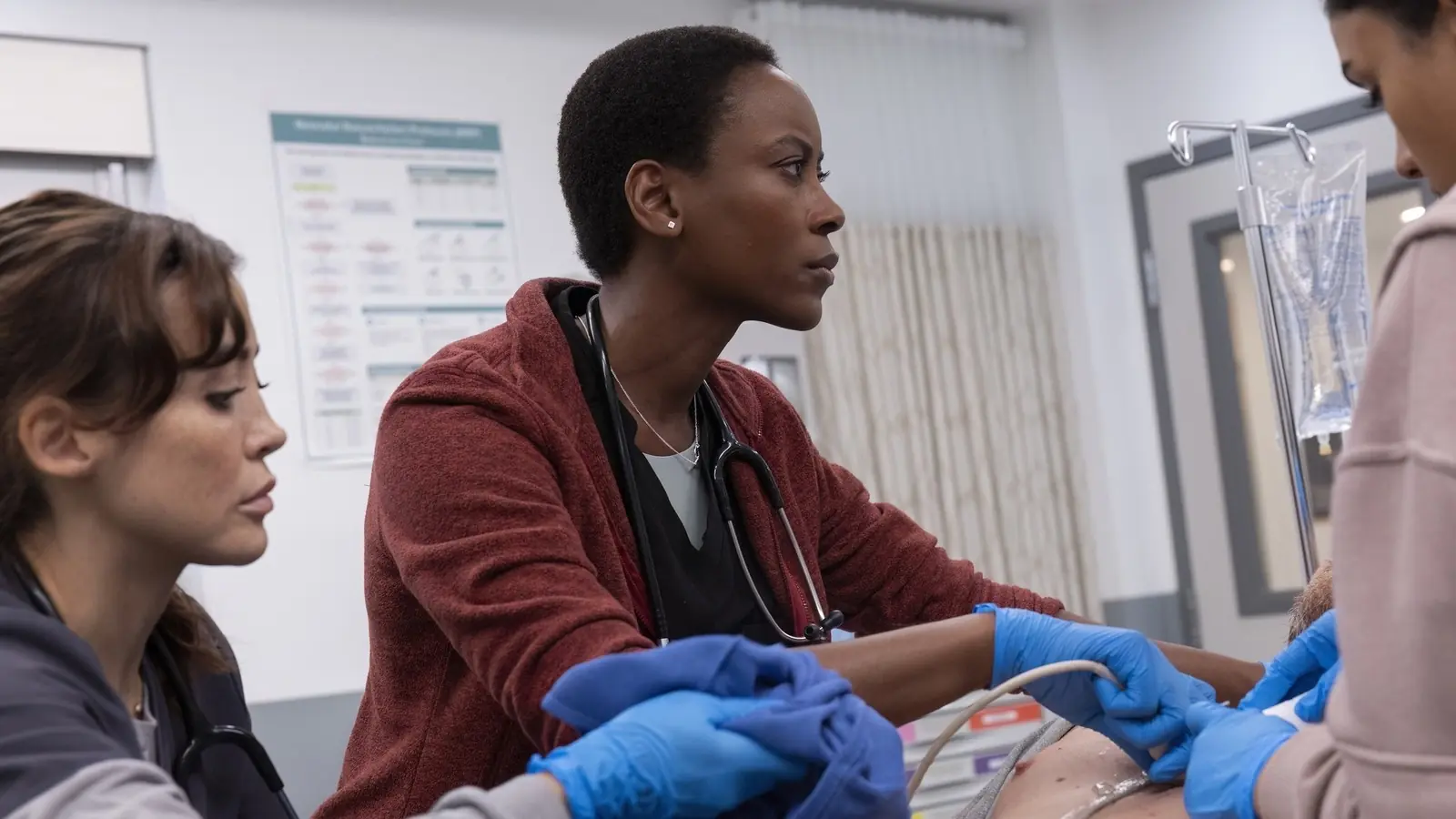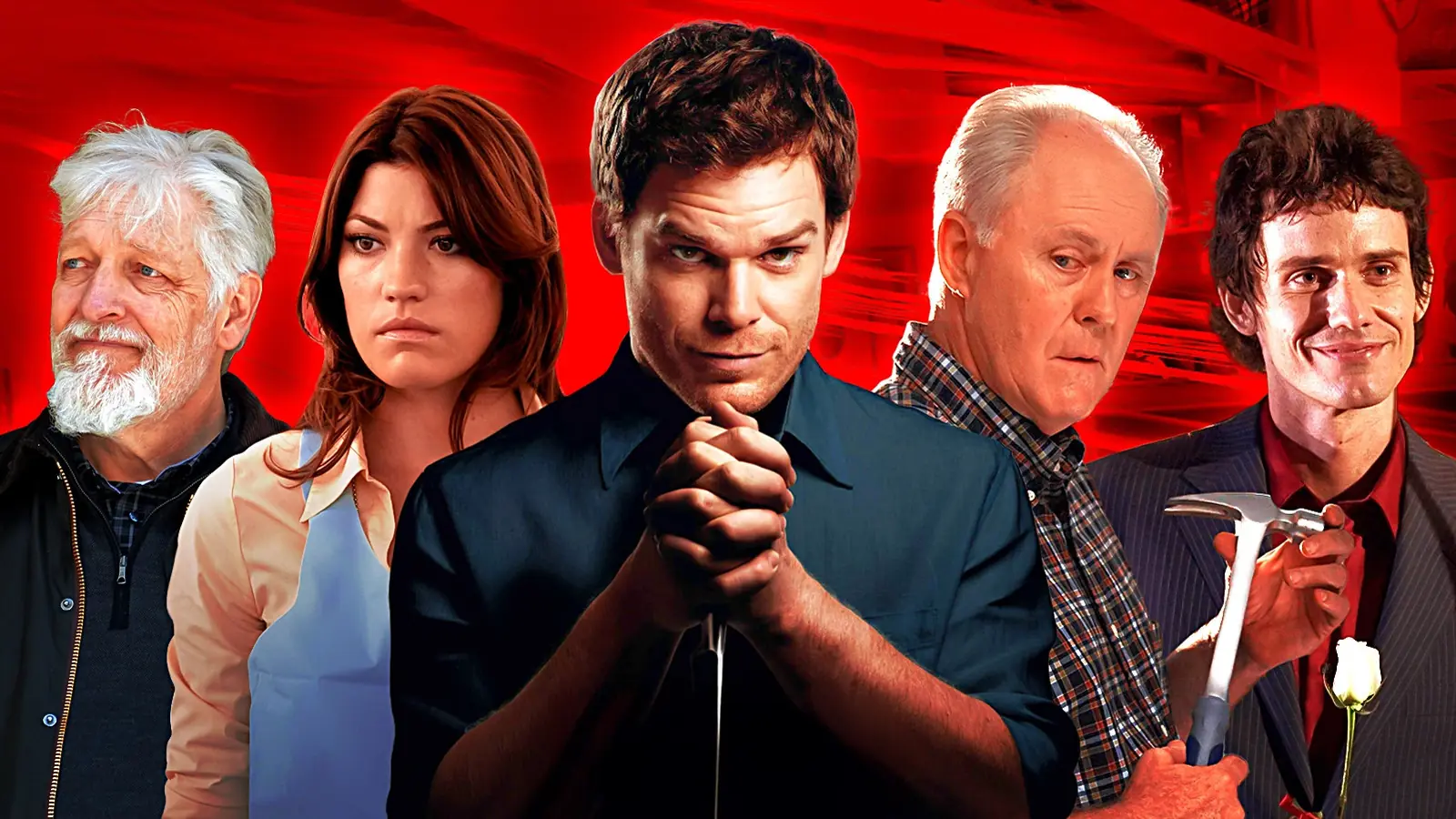In the realm of television crossovers, there’s always a possibility of minor oversights slipping through the cracks. Yet, when one of the most astute stars of a show like “It’s Always Sunny in Philadelphia” is on alert, these slip-ups rarely go unnoticed. Such was the case when Glenn Howerton, who is known for his role as Dennis Reynolds in the long-running comedy, identified a formidable canon-breaking moment during the show’s much-anticipated crossover with “Abbott Elementary.”
Crossovers between beloved shows can create a perfect recipe for television magic or potential narrative chaos. When two different worlds merge, the stakes are high, requiring an acute attention to both series’ established canons. For fans, these episodes can be delightful or disastrous, depending on the attention to detail. In this instance, it was Howerton’s keen eye that spotted what could have been a jarring moment for the franchises involved.
“It’s Always Sunny in Philadelphia,” celebrated for its dark humor and outrageous storylines, has maintained an incredibly dedicated fanbase over the years. Any continuity errors or canon violations in such revered shows can easily become fodder for critics and ardent fans. This recent event underlines the series’ commitment to quality and coherence, thanks in part to its vigilant cast and crew.
On the other hand, “Abbott Elementary” has carved out its niche as a beloved sitcom following the day-to-day life of teachers in an underfunded public school. Its success in capturing the chaotic yet charming elements of school life has quickly made it a fan favorite, making the crossover with “It’s Always Sunny” all the more exciting and daring.
The crossover episode was intended as a comedic experiment to meld the chaotic atmosphere of Paddy’s Pub with the structured dynamics of an elementary school setting. However, as the creative teams navigated this amalgamation, they missed an inconsistency that didn’t escape Howerton’s notice.
During the planning phases, a particular joke was scripted that, upon deeper inspection, contradicted previously established facts within the “It’s Always Sunny in Philadelphia” universe. It presented a scenario where Dennis Reynolds engaged in an activity that his character had staunchly opposed in earlier seasons. Given the unpredictable yet consistent development of Dennis’s character, such a discrepancy could not be passed off as a mere narrative quirk.
Howerton’s role as both actor and executive producer allows him a unique vantage point. His proactive approach in pointing out this oversight serves as a testament to his dedication to the series and its fans. In addressing the potential canon breach, Howerton demonstrated an understanding of the show’s intricate lore and a respect for the audience’s long-term investment in character integrity.
Once identified, the creative team behind the crossover acted swiftly to revise the scene. The writers collaborated to ensure the joke would align perfectly with the canon, safeguarding the show’s reputation for unpredictable yet careful storytelling. This quick action highlights the behind-the-scenes precision necessary to seamlessly bridge two distinct worlds, preserving the heart of both series.
Fans of “It’s Always Sunny” and “Abbott Elementary” can rest assured knowing that this collaboration has been handled with detailed care. While crossovers often risk diluting the original essence of the shows involved, the vigilant actions taken in this instance underscore a deep respect for narrative authenticity.
For those eagerly awaiting the episode, this anecdote only adds to its allure. Knowing that Howerton’s critical eye has had a hand in its crafting promises an authentic and respectful homage to both shows. As viewers, experiencing this careful orchestration fosters a deeper appreciation for the dedication involved in preserving the unique storytelling elements that define each series.
As television continues to innovate and blur the lines between show boundaries with crossovers, this example serves as a critical reminder. It emphasizes the importance of honoring established narratives while expanding universes in creative new directions. Thanks to Howerton’s vigilance, fans can look forward to an episode that not only respects both shows’ legacies but also sets a high bar for future network collaborations.
This episode will indeed be a testament to collaborative creativity, a blend of chaos and laughs, and most importantly, a demonstration of how thoughtful storytelling can bridge disparate worlds without compromising their essence. Fans eagerly anticipated these characters coming together, and it seems all the necessary steps have been taken to deliver an episode worthy of their expectations.
In a medium continuously exploring interconnected storytelling, examples like these underscore the potential richness of crossovers while highlighting the crucial role of continuity. By maintaining consistent narrative threads, even in crossover contexts, shows like “It’s Always Sunny in Philadelphia” and “Abbott Elementary” can thrive well beyond their original narratives, delighting viewers with stories that are both expansive and intricately woven.

